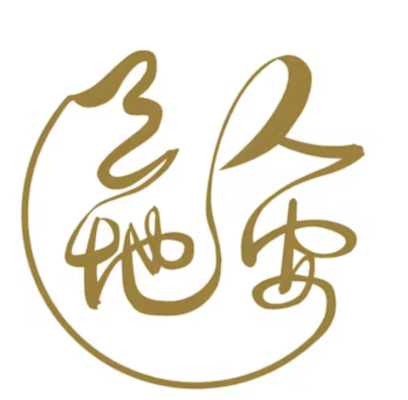In our old money story, we worked hard to make money. Some people were successful. Many struggled their whole lives to make ends meet.
A few became so rich that they ended up owning almost everything that could be owned. They took over the land and resources of other countries and peoples, claiming them as their own.
In this story, money was scarce and people had to compete for it. If one person gained, another lost. Many people were afraid of money, in case it corrupted them.
Most people worried about it, whether they had very little or a lot of it. Money was a cause of stress in families, communities and nations.
This story was so compelling that it was difficult to see any other way to relate with money. It appeared to be THE TRUTH about money.
However, there were a few people who started to see it differently.
They were inspired with a new perception of what money really is and how it works. It was as if they could see through the story to a deeper story that is gradually coming to light.
This is becoming our new money story. In this story, we express our purpose through our contribution to each other.
We each have gifts, talents, passion and motivation and our work is to share these in a way that benefits our world. Work is a joyful activity, giving us a sense of fulfilment and connection.
In the new story, people started to describe money as energy. The notes, coins and transactions we usually see as money are merely an attempt to represent that energy.
There is no limit to the energy of money except when we put constraints on our imagination and creativity.
Like all subtle energy, it’s easier to access when we are relaxed, enjoying ourselves and loving our life. Everything flows more easily this way.
We find we can ask for what we want in life and receive it, not by struggling, but by being open and willing to do what we need to do.
It sounds unlikely when we’re locked in the old story, but the explorers of the new story are proving it through their own experience.
They’re moving past the limits they’d previously set for themselves and discovering a richness in their life beyond what they could imagine before.
The new story makes sense in our hearts and souls. It allows the world to work for all of us, not just the few.
It enables nature and humanity to thrive by working together, sharing our ingenuity and creativity and solving our problems with intelligence and wisdom.
This is an emerging story. We shape it as we live it. The more of us who walk this path, the easier it becomes for others who follow us.
What’s beautiful is that it’s very safe. It brings moments of surprise and delight all the way along, while we unlearn old ways.
It heals our relationships with ourselves and each other as we discover how to make new choices. It brings us a wealth of new experiences that make life better every step of the way.
The new story of money is worth giving energy and attention to. It may be the first time on our planet that money has felt right and natural.
Money is an exquisitely beautiful energy of generosity that supports all human beings in our creativity and purpose. I invite you to experience the new story of money.
You and your friends are invited to a free webinar: Your Money. New Story.
About the author
Sarah McCrum is a teacher and author who helps business owners and leaders create a healthy relationship with money.
Her work is founded on 33 years of personal practice, 22 years of training with Chinese Masters and two and a half decades of coaching business owners and leaders.
Over 10,000 people have joined her online courses about money.
Find out more | Sarah McCrum

Praying together for peace

Our economy as part of nature



